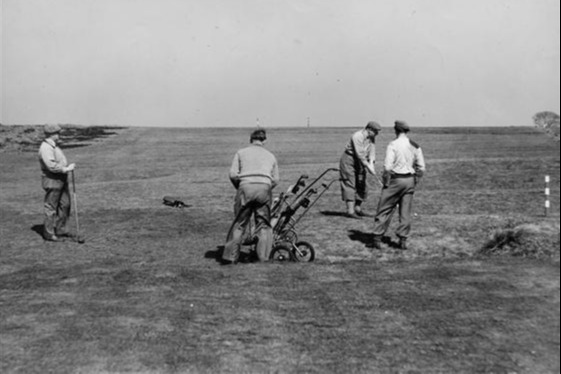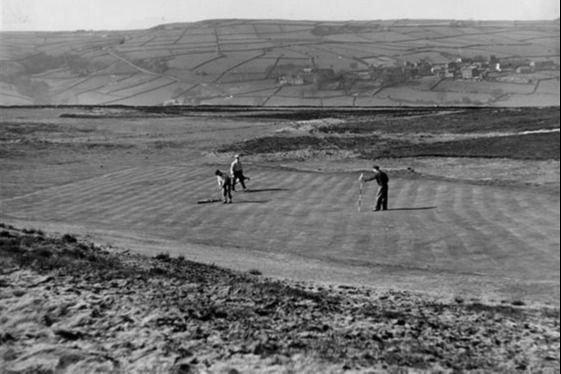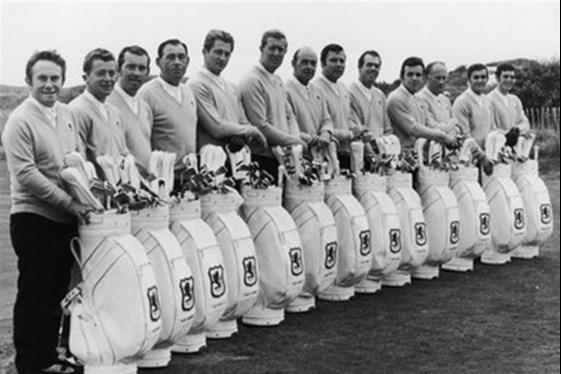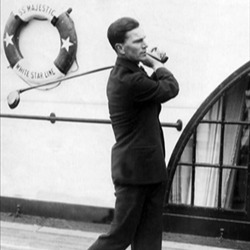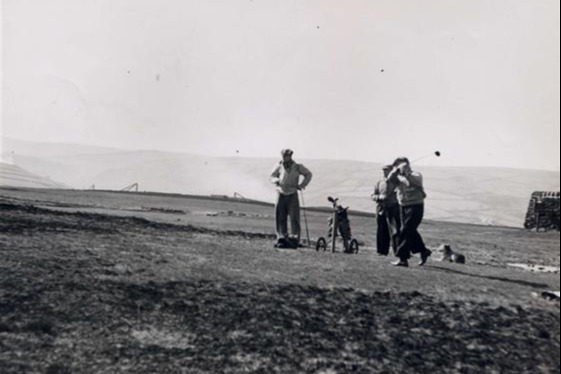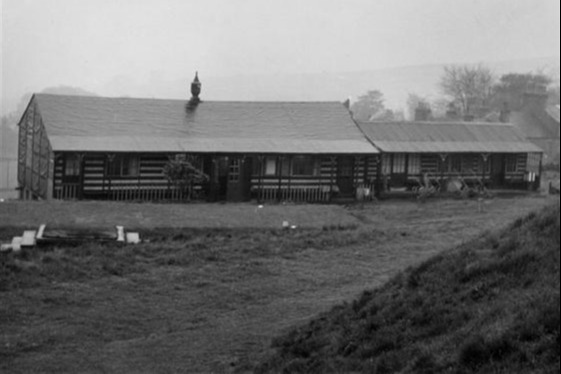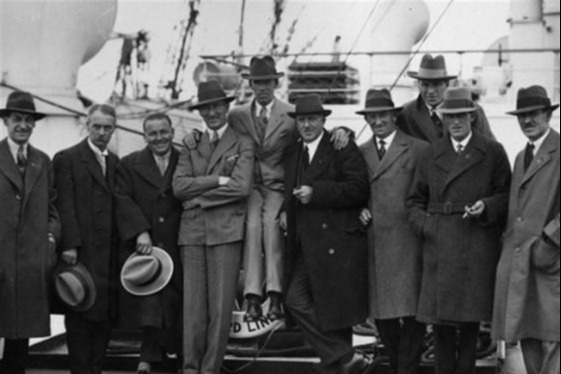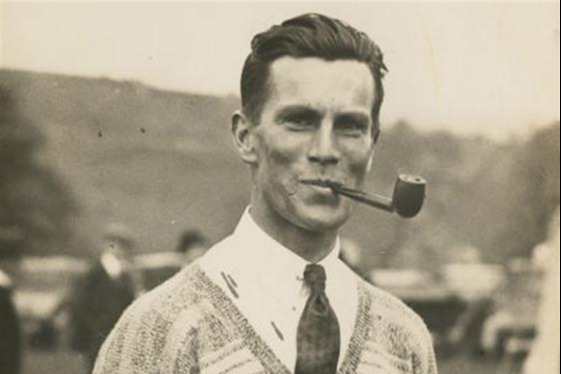Course Architect James Braid
James Braid was a Scottish professional golfer and a member of the Great Triumvirate of the sport alongside Harry Vardon and John Henry Taylor. He won The Open Championship five times. He also was a renowned golf course architect.
Braid was born in Earlsferry, Fife, Scotland, the son of James and Mary. He played golf from an early age, working as a clubmaker before turning professional in 1896. Initially his game was hindered by problems with his putting, but he overcame this after switching to an aluminum putter in 1900. He won The Open Championship in 1901, 1905, 1906, 1908 and 1910. In addition, Braid won four British PGA Matchplay Championships (1903, 1905, 1907 and 1911), as well as the 1910 French Open title. He was also runner-up in The Open Championship in 1897 and 1909. His 1906 victory in The Open Championship was the last successful defence of the title by a European until Pádraig Harrington replicated the feat in 2008.
In 1912, James Braid scaled back his tournament golf, and became a club professional at Walton Heath. He developed a very successful career in golf course design, and is sometimes regarded as the "inventor" of the dogleg, although holes of similar design had been known for centuries (for example, the Road Hole at the Old Course at St Andrews). Among his designs are the "King's Course" and the "Queen's Course" at Gleneagles, and the 1926 remodelling of The Open Championship venue Carnoustie Golf Links.
Stranraer Golf Club's course was the final one that was designed by Braid in the year that he died, 1950. He was called out of retirement to plan Creachmore, which was to be his last commission. Braid never lived to see the course completed. He died in London on 27 November 1950.
